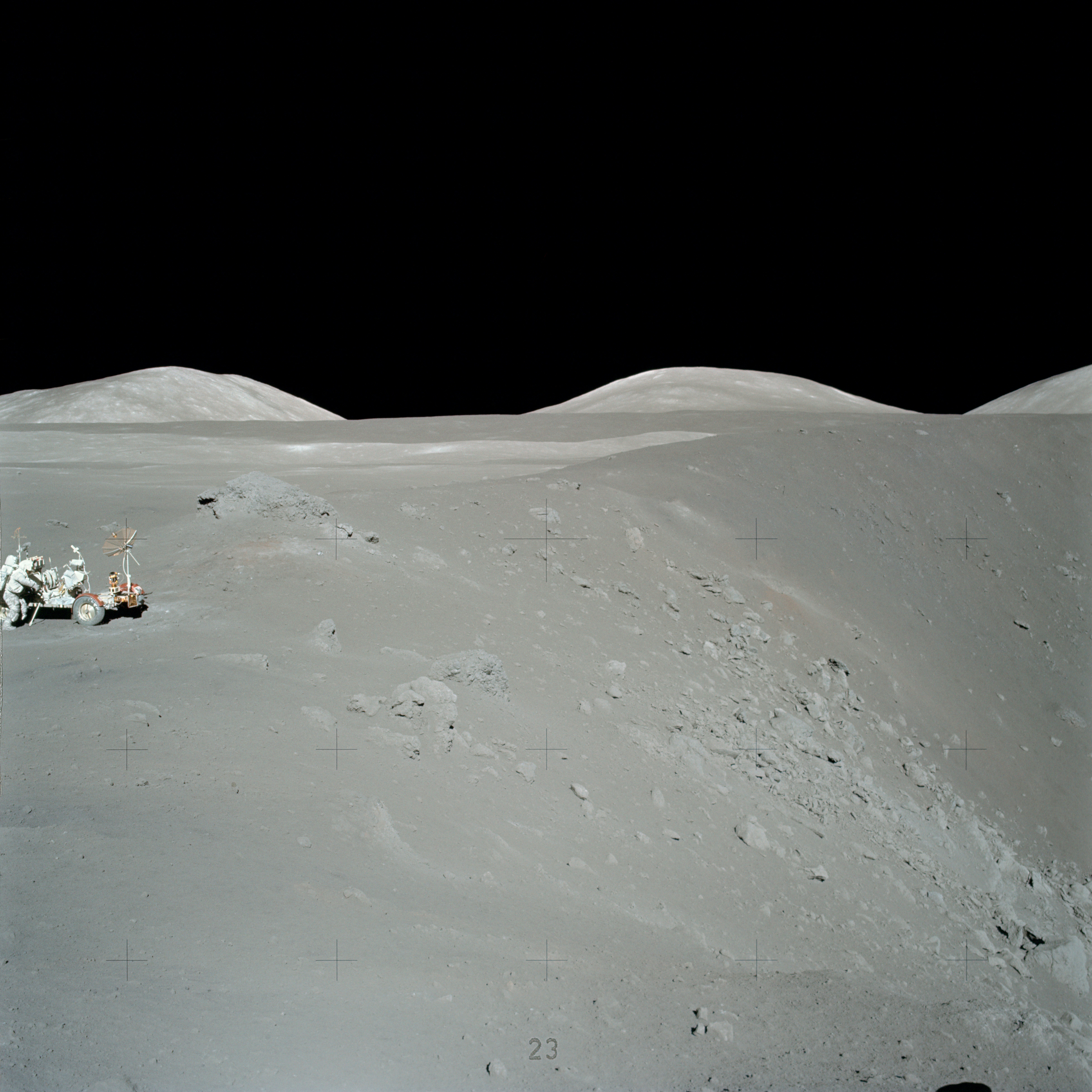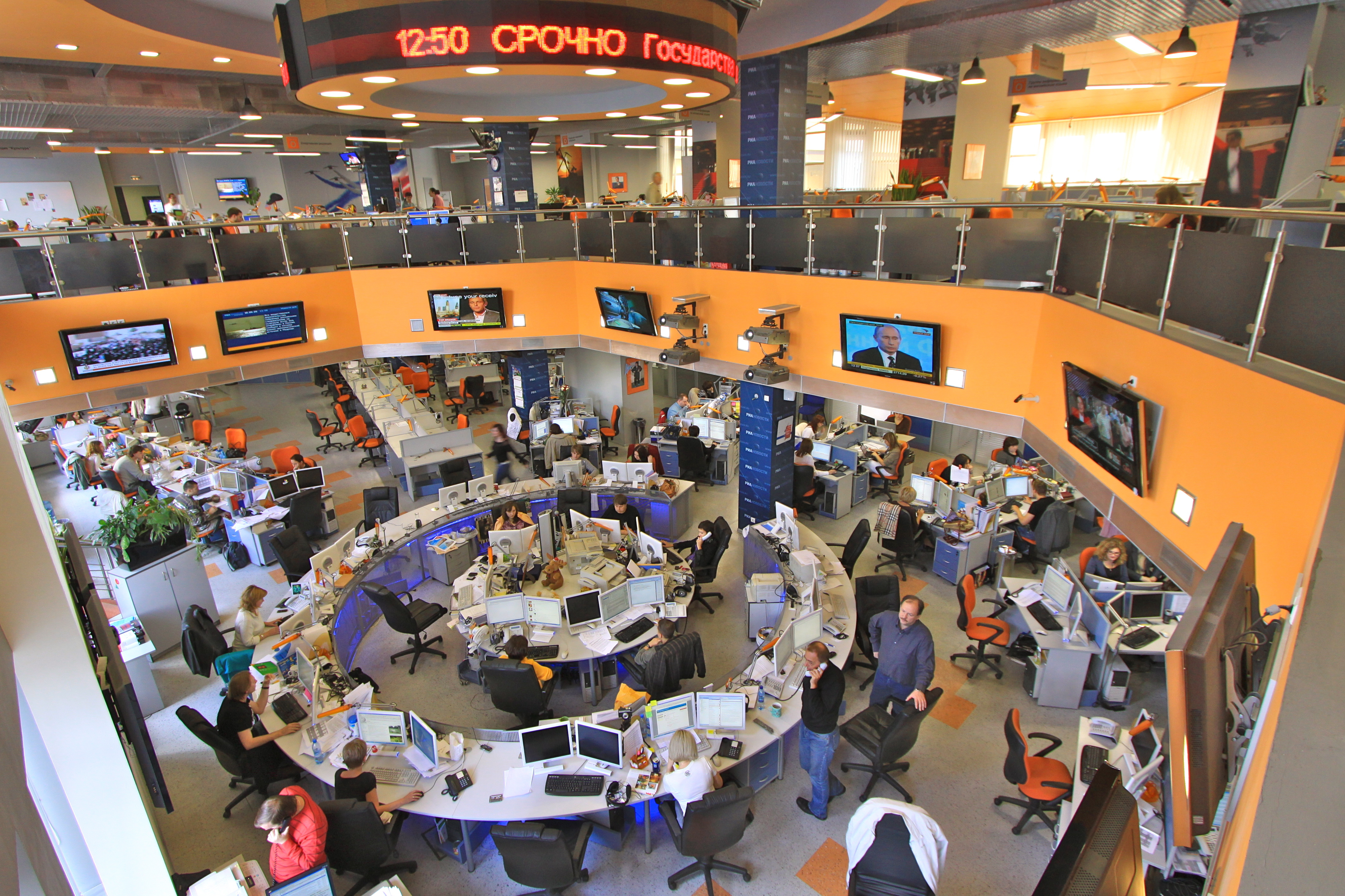|
Luna-Grunt
Luna-Glob (russian: Луна-Глоб, meaning ''Lunar sphere'') is a Moon exploration programme by Roscosmos meant to progress toward the creation of a fully robotic lunar base. When completed, the programme will continue with crewed lunar missions, starting with a crewed orbiter spacecraft called Orel. [...More Info...] [...Related Items...] OR: [Wikipedia] [Google] [Baidu] |
Luna 28
Luna 28 (Luna Resource 2 or Luna-Grunt rover) is a proposed sample-return mission from the south polar region of the Moon. Lunar and Planetary Institute 2018 [...More Info...] [...Related Items...] OR: [Wikipedia] [Google] [Baidu] |
Seismology
Seismology (; from Ancient Greek σεισμός (''seismós'') meaning "earthquake" and -λογία (''-logía'') meaning "study of") is the scientific study of earthquakes and the propagation of elastic waves through the Earth or through other planet-like bodies. It also includes studies of earthquake environmental effects such as tsunamis as well as diverse seismic sources such as volcanic, tectonic, glacial, fluvial, oceanic, atmospheric, and artificial processes such as explosions. A related field that uses geology to infer information regarding past earthquakes is paleoseismology. A recording of Earth motion as a function of time is called a seismogram. A seismologist is a scientist who does research in seismology. History Scholarly interest in earthquakes can be traced back to antiquity. Early speculations on the natural causes of earthquakes were included in the writings of Thales of Miletus (c. 585 BCE), Anaximenes of Miletus (c. 550 BCE), Aristotle (c. 340 BCE), and Zha ... [...More Info...] [...Related Items...] OR: [Wikipedia] [Google] [Baidu] |
Sample-return Mission
A sample-return mission is a spacecraft mission to collect and return samples from an extraterrestrial location to Earth for analysis. Sample-return missions may bring back merely atoms and molecules or a deposit of complex compounds such as loose material and rocks. These samples may be obtained in a number of ways, such as soil and rock excavation or a collector array used for capturing particles of solar wind or cometary debris. Nonetheless, concerns have been raised that the return of such samples to planet Earth may endanger Earth itself. To date, samples of Moon rock from Earth's Moon have been collected by robotic and crewed missions, the comet Wild 2 and the asteroids 25143 Itokawa and 162173 Ryugu have been visited by robotic spacecraft which returned samples to Earth, and samples of the solar wind have been returned by the robotic ''Genesis'' mission. Samples from the asteroid 101955 Bennu are en route back to Earth and are expected to arrive in September 2023. I ... [...More Info...] [...Related Items...] OR: [Wikipedia] [Google] [Baidu] |
RIA Novosti
RIA Novosti (russian: РИА Новости), sometimes referred to as RIAN () or RIA (russian: РИА, label=none) is a Russian state-owned domestic news agency. On 9 December 2013 by a decree of Vladimir Putin it was liquidated and its assets and workforce were transferred to the newly created Rossiya Segodnya agency. On 8 April 2014 RIA Novosti was registered as part of the new agency. RIA Novosti is headquartered in Moscow. The chief editor is Anna Gavrilova. Content RIA Novosti was scheduled to be closed down in 2014; starting in March 2014, staff were informed that they had the option of transferring their contracts to Rossiya Segodnya or sign a redundancy contract. On 10 November 2014, Rossiya Segodnya launched the Sputnik multimedia platform as the international replacement of RIA Novosti and Voice of Russia. Within Russia itself, however, Rossiya Segodnya continues to operate its Russian language news service under the name RIA Novosti with its ria.ru website. T ... [...More Info...] [...Related Items...] OR: [Wikipedia] [Google] [Baidu] |
Soyuz (rocket Family)
Soyuz (russian: Союз, meaning "union", GRAU index 11A511) is a family of expendable Russian and Soviet carrier rockets developed by OKB-1 and manufactured by Progress Rocket Space Centre in Samara, Russia. With over 1,900 flights since its debut in 1966, the Soyuz is the most frequently used launch vehicle in the world as of 2021. For nearly a decade, between the final flight of the Space Shuttle program in 2011 and the 2020 first crewed mission of SpaceX's Falcon 9 rocket, Soyuz rockets were the only launch vehicles able and approved for transporting astronauts to the International Space Station. The Soyuz vehicles are used as the launcher for the crewed Soyuz spacecraft as part of the Soyuz programme, as well as to launch uncrewed Progress supply spacecraft to the International Space Station and for commercial launches marketed and operated by Starsem and Arianespace. All Soyuz rockets use RP-1 and liquid oxygen (LOX) propellant, with the exception of the Soyuz-U2, whi ... [...More Info...] [...Related Items...] OR: [Wikipedia] [Google] [Baidu] |
TASS
The Russian News Agency TASS (russian: Информацио́нное аге́нтство Росси́и ТАСС, translit=Informatsionnoye agentstvo Rossii, or Information agency of Russia), abbreviated TASS (russian: ТАСС, label=none), is a major Russian state-owned news agency founded in 1904. TASS is the largest Russian news agency and one of the largest news agencies worldwide. TASS is registered as a Federal State Unitary Enterprise, owned by the Government of Russia. Headquartered in Moscow, TASS has 70 offices in Russia and in the Commonwealth of Independent States (CIS), as well as 68 bureaus around the world. In Soviet times, it was named the Telegraph Agency of the Soviet Union (russian: Телегра́фное аге́нтство Сове́тского Сою́за, translit=Telegrafnoye agentstvo Sovetskogo Soyuza, label=none) and was the central agency for news collection and distribution for all Soviet newspapers, radio and television stations. After t ... [...More Info...] [...Related Items...] OR: [Wikipedia] [Google] [Baidu] |
Fobos-Grunt
Fobos-Grunt or Phobos-Grunt (russian: link=no, Фобос-Грунт, where ''грунт'' refers to the ''ground'' in the narrow geological meaning of any type of soil or rock exposed on the surface) was an attempted Russian sample return mission to Phobos, one of the moons of Mars. Fobos-Grunt also carried the Chinese Mars orbiter Yinghuo-1 and the tiny Living Interplanetary Flight Experiment funded by the Planetary Society. It was launched on 8 November 2011, at 20:16 UTC, from the Baikonur Cosmodrome, but subsequent rocket burns intended to set the craft on a course for Mars failed, leaving it stranded in low Earth orbit. Efforts to reactivate the craft were unsuccessful, and it fell back to Earth in an uncontrolled re-entry on 15 January 2012, over the Pacific Ocean, west of Chile. The return vehicle was to have returned to Earth in August 2014, carrying up to of soil from Phobos. Funded by the Russian Federal Space Agency and developed by Lavochkin and the Russi ... [...More Info...] [...Related Items...] OR: [Wikipedia] [Google] [Baidu] |
International Lunar Network
The International Lunar Network or ILN was a proposed network of lunar surface stations to be built by the United States and the other space-faring countries in the 2010s. Each of these stations would act as a node in a lunar geophysical network. Ultimately this network could comprise 8-10 or more nodes operating simultaneously. Each node would have a minimum of two core capabilities. These capabilities include seismic sensing, heat flow sensing, and laser retroreflectors, and would be specific to each station. Because some nodes were planned to be located on the far side of the Moon, NASA would have contributed a communications relay satellite to the project. Individual nodes launched by different space agencies could have carried additional, unique experiments to study local or global lunar science. Such experiments might include atmospheric and dust instruments, plasma physics investigations, astronomical instruments, electromagnetic profiling of lunar regolith and crust, local ... [...More Info...] [...Related Items...] OR: [Wikipedia] [Google] [Baidu] |
Chandrayaan-2
Chandrayaan-2 (, ; ) is the second lunar exploration mission developed by the Indian Space Research Organisation (ISRO), after Chandrayaan-1. It consists of a lunar orbiter, and also included the ''Vikram'' lander, and the ''Pragyan'' lunar rover, all of which were developed in India. The main scientific objective is to map and study the variations in lunar surface composition, as well as the location and abundance of lunar water. The spacecraft was launched on its mission to the Moon from the second launch pad at the Satish Dhawan Space Centre in Andhra Pradesh on 22 July 2019 at 09:13:12 UTC by a GSLV Mark III-M1. The craft reached the Moon's orbit on 20 August 2019 and began orbital positioning manoeuvres for the landing of the ''Vikram'' lander. The lander and the rover were scheduled to land on the near side of the Moon, in the south polar region at a latitude of about 70° south on 6 September 2019 and conduct scientific experiments for one lunar day, which approxim ... [...More Info...] [...Related Items...] OR: [Wikipedia] [Google] [Baidu] |




